What is CLIL?
To understand CLIL better, pay attention to its various definitions:
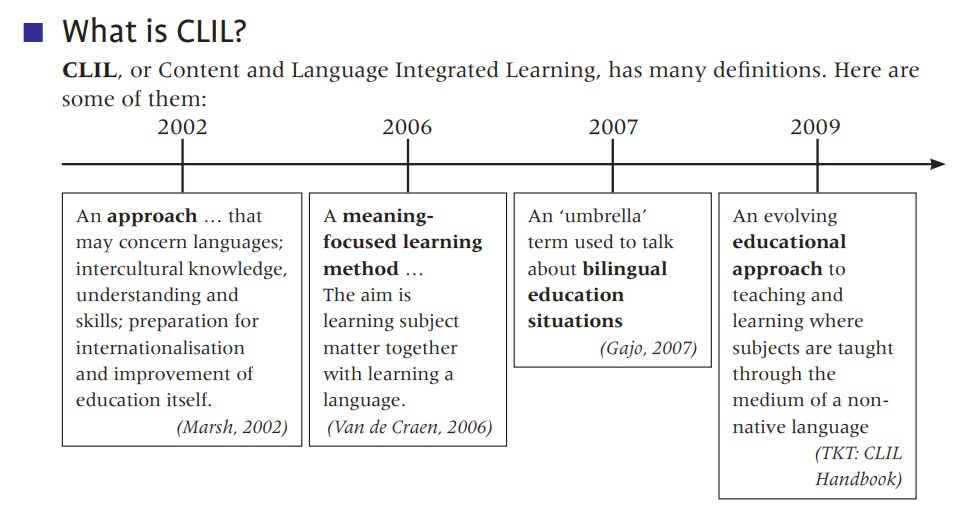
Content and language integrated learning (CLIL) is a way for learning content through an additional language (foreign or second) or language through some specific content, thus teaching the subject via the language.
David Marsh coined this term in 1994. First, the idea was connected with teaching business content to business people, and the principal aspect is linked to effective language immersion.
CLIL is highly important in the world as it integrates the teaching of content from the curriculum with the teaching of a non-native language. Some schools prefer to select a separate topic within the language course — soft CLIL, others prefer to focus on teaching half of the curriculum in the target language — hard CLIL. The table below shows the varieties of CLIL:
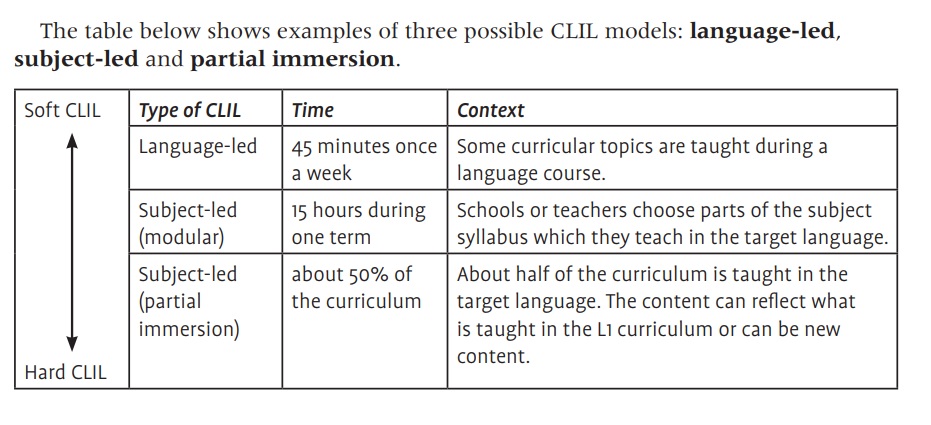
Actually, there are 4 Cs (components) of CLIL:
CONTENT
The curricular subjects taught in CLIL include art, citizenship, classics, design and technology (DT), economics, environmental studies, geography, history, information and communication technology (ICT), literacy, mathematics, music, physical education (PE), philosophy, politics, religious studies (RE), science, social science and technology.
COMMUNICATION
Learners need to develop communication skills for expressing ideas about subject content and to help learners work well together. They need to express and interpret functions (facts, data, thoughts, and feelings), both in writing as well as orally. Communication skills are important. Therefore, CLIL is aimed at STT (student talking time) and reduce TTT (teacher talking time). To develop meaningful communication the following strategies are used:
— brainstorming to start or finish a topic of study
— open questions
— discussions
— peer feedback
— group feedback
— share ideas with a partner before writing and after writing
— report back on research found on the Internet
— prepare poster or PowerPoint presentations
— role play or debates
COGNITION
CLIL promotes cognitive or thinking skills such as reasoning, abstract thinking, hypothesising, creative thinking synthesis, evaluating and so on.
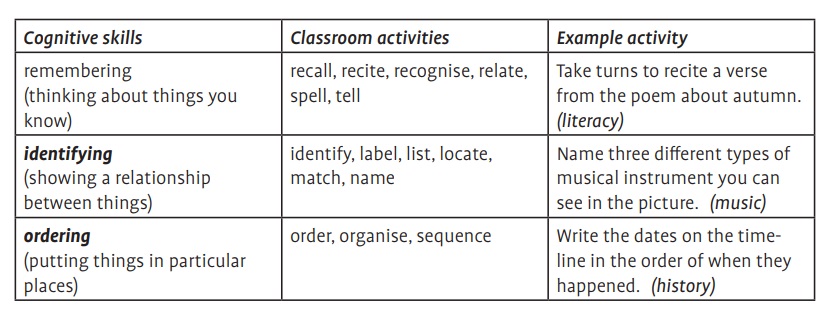
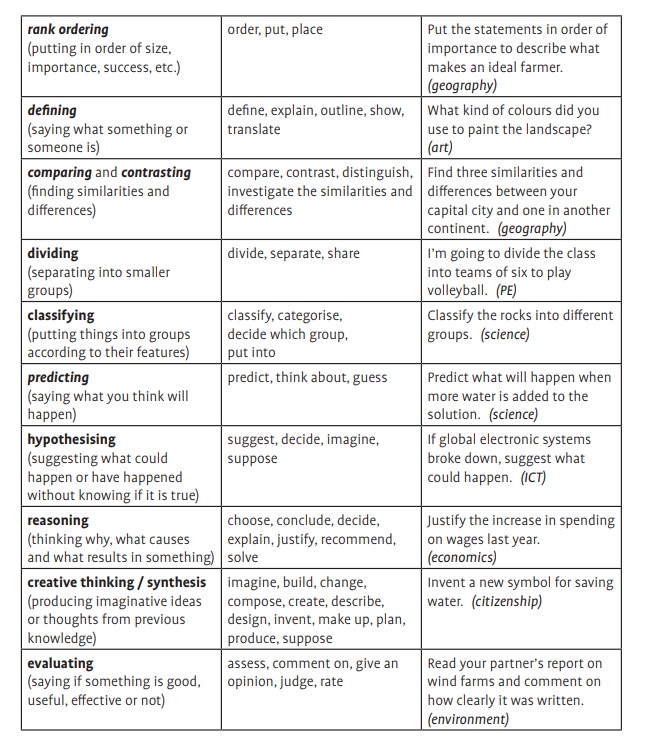
CULTURE
‘Culture is at the core of CLIL’ (Coyle, 2007) CLIL gives us opportunities to introduce a wide range of cultural contexts to help students develop positive attitudes and become aware of the responsibilities of global as well as local citizenship.
To understand how CLIL works, have a look at 15 Clil lessons covering various subjects (from Biology to Philosophy) and how English intensifies and provides the learning process. Here see my quick-peek analysis of a Geography lesson prepared for Techno-CLIL EVO session 2019. I used the Worksheets provided by Macmillan.
How can CLIL benefit and vary your lessons?
CLIL unites language teachers and subject teachers. CLIL helps students discover and develop multiple skills — so-called pluriliteracy skills.
CLIL approach emphasizes on Pluriliteracy skills development through CDFs (cognitive discourse functions). In other words, you help your students build and structure knowledge according to higher order thinking. Hence your students learn the language to perform and apply it to their field.
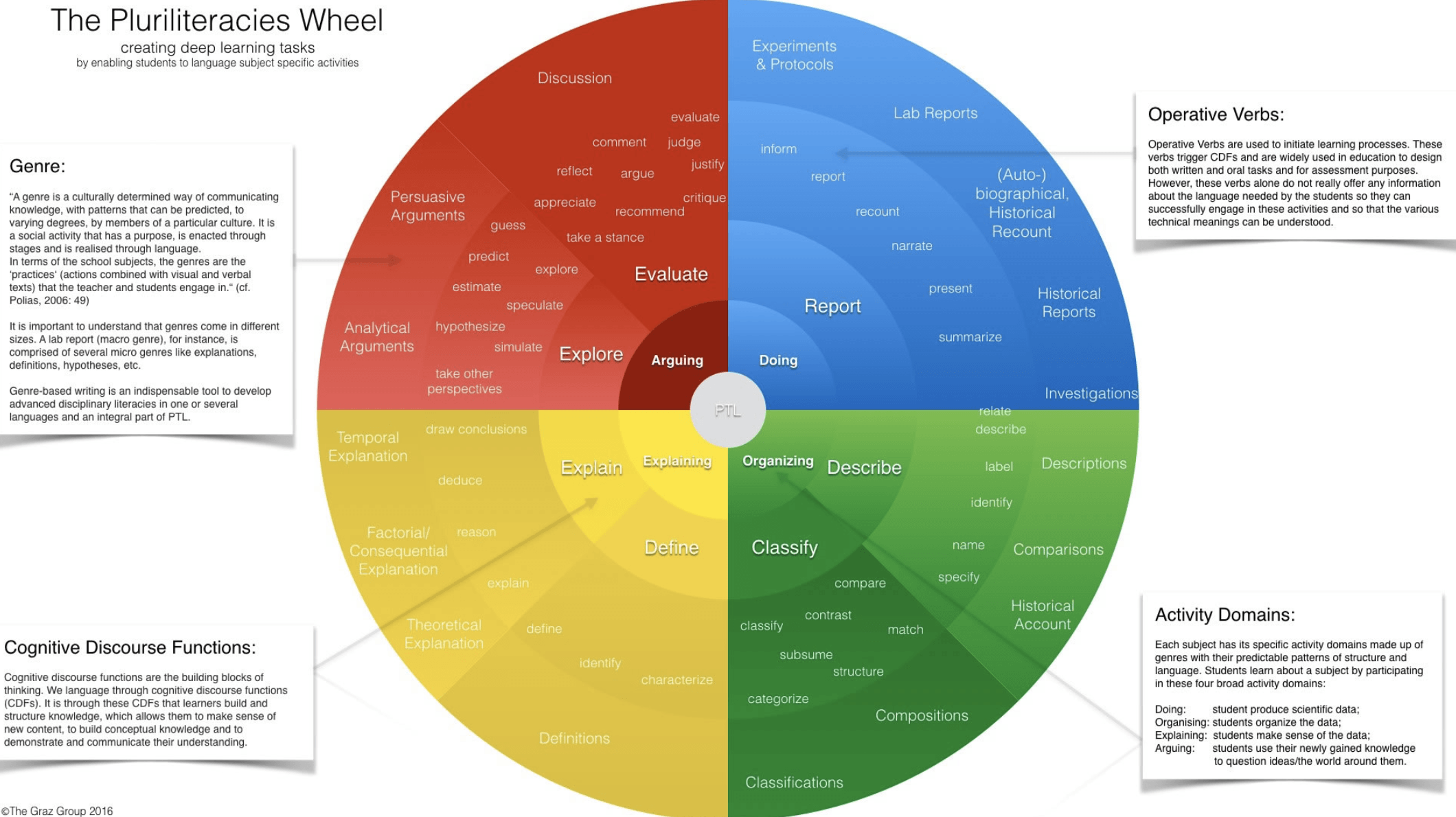
This is how Pluriliteracy is described by The Graz Group Model.
USEFUL TOOLS
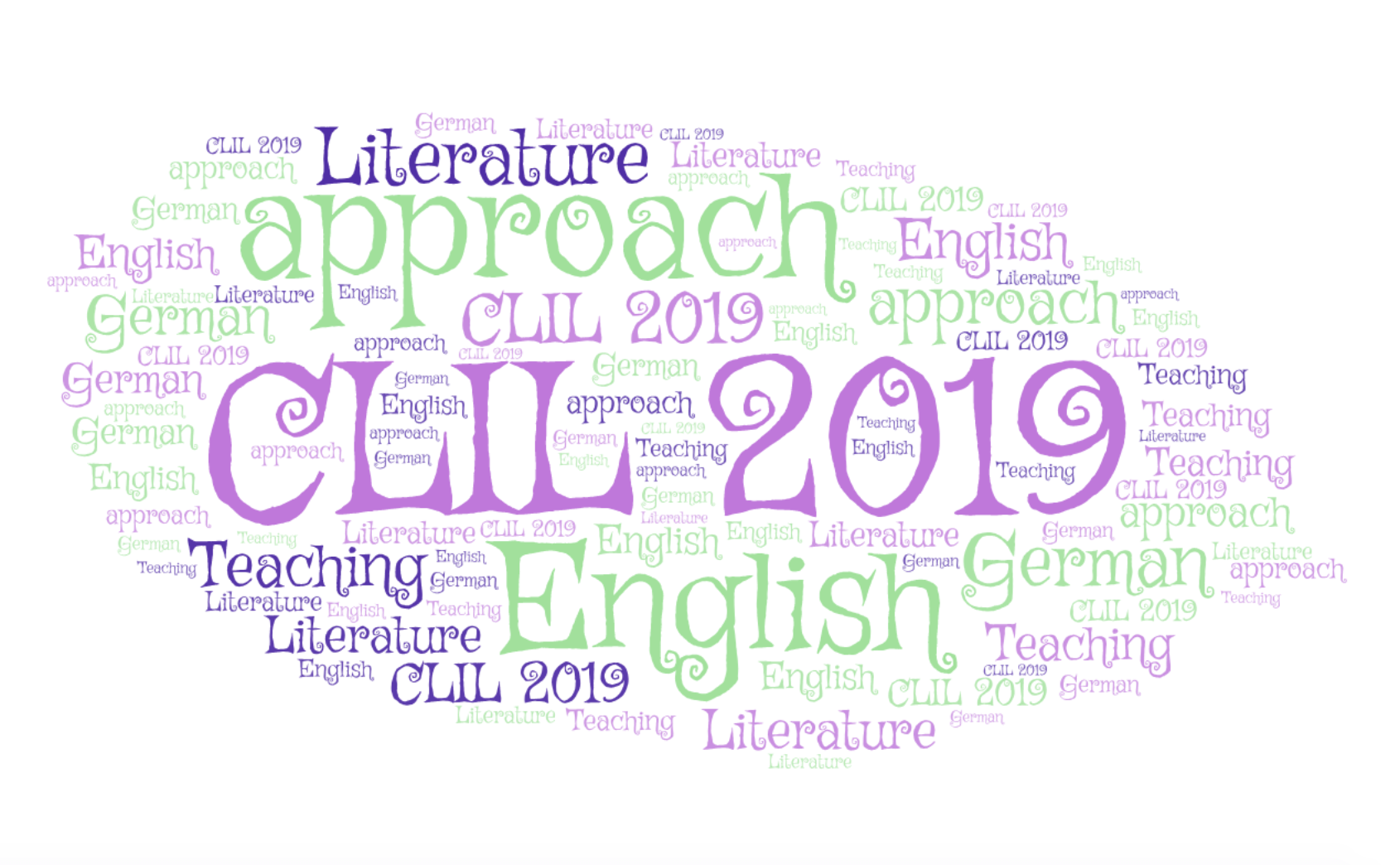
You can use these tools as a wonderful add-on for your warm-up or cool-down, vocabulary presentation or revision, etc.:
— Wordart makes appealing art images
— Visuwords creates amazing cell connections that are curious both for teachers and students (double-click expands more balls)
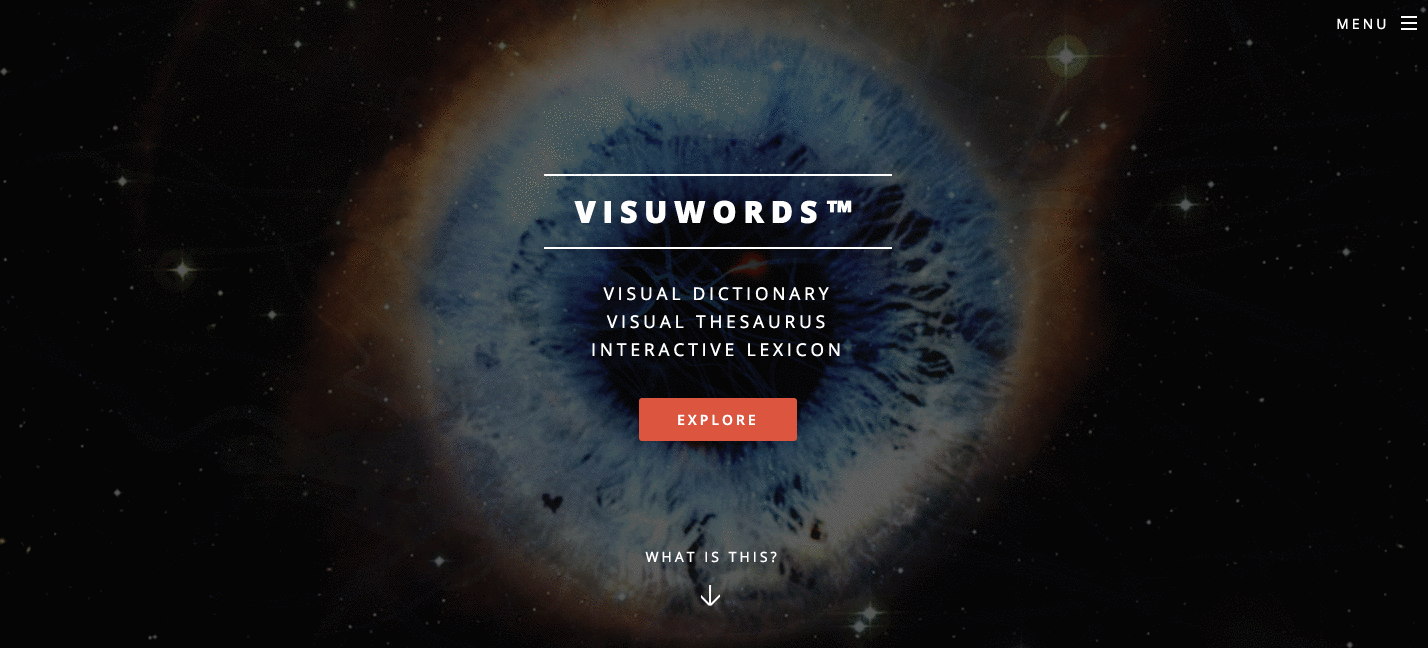
— Jasondavies helps you create word associations
— Khan Academy provides with subject materials
— Science kids gives ideas to Science projects for kids
— Wordcloud has a huge gallery of images and helps create yours
— ABCya’s is a toy to play with word creation
— WordItOut is a nice cloud generator:
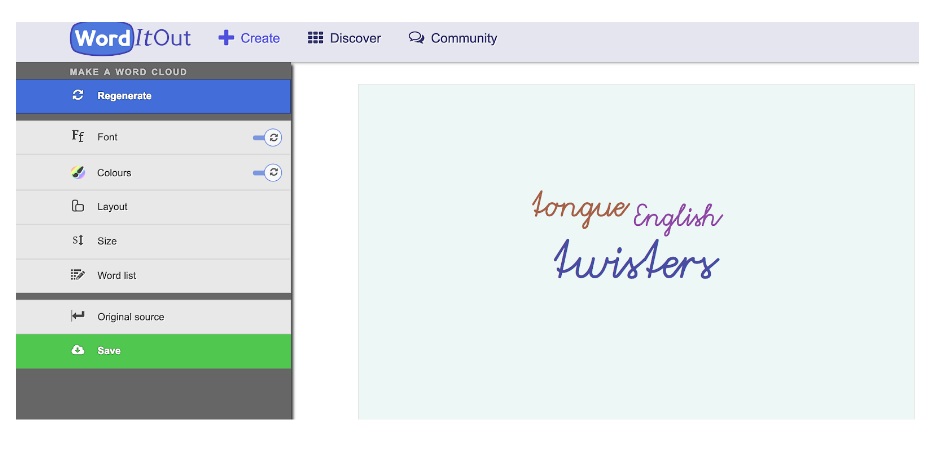
— Oral projects (Class debate, Storytelling, etc.)
— Products (Making a brochure, Timeline, etc.)
— Multimedia (Digital Storytelling, Web site Design, etc.)
— Science (Building a structure, Lab Report, etc.)
— Research and Writing (Research report, Letter-writing, etc.)
— Work skills
— Math
— Art (Making a collage, etc.)
— Music (Music composition, etc.)
— Reading
The website is user-friendly and reduces your time on material creation. In case you have questions, you can go to a tutorial page. If you need to create a Class/Individual debate, just investigate how easy it is:
CLIL methodology is unique in integrating the content of the subject and a foreign language. It’s definitely worth trying as it leads to the variability of your lessons.





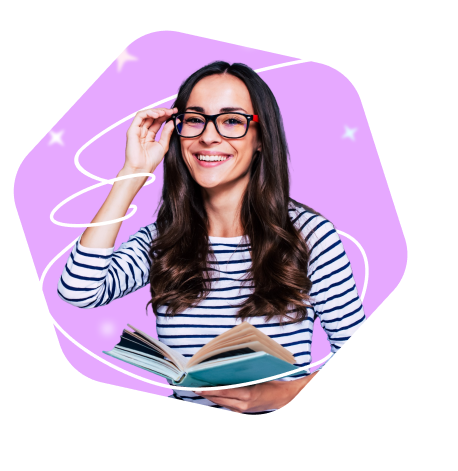
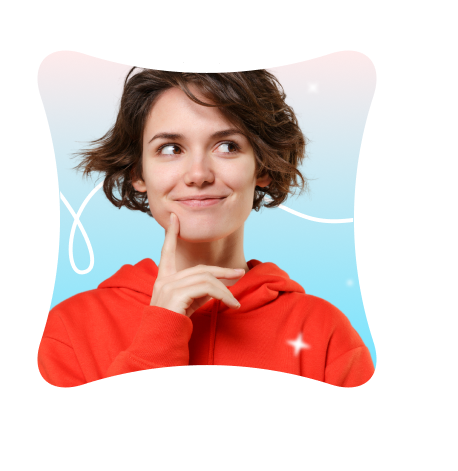





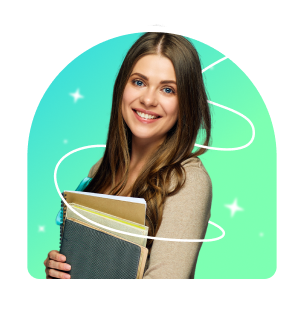
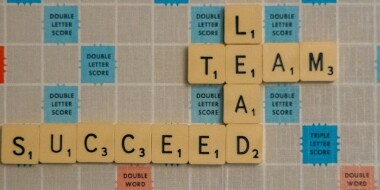
 Анна Тетерина
Анна Тетерина 
 Татьяна Тюменцева
Татьяна Тюменцева 
 Ольга Клементьева
Ольга Клементьева 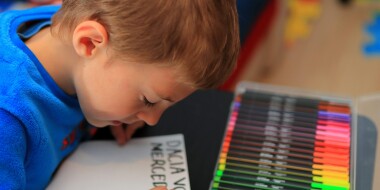
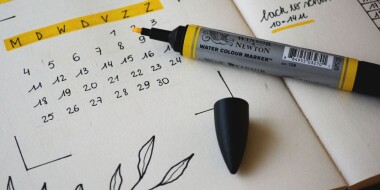
 Диляра Биктагирова
Диляра Биктагирова 
 Маргарита Аветисян
Маргарита Аветисян